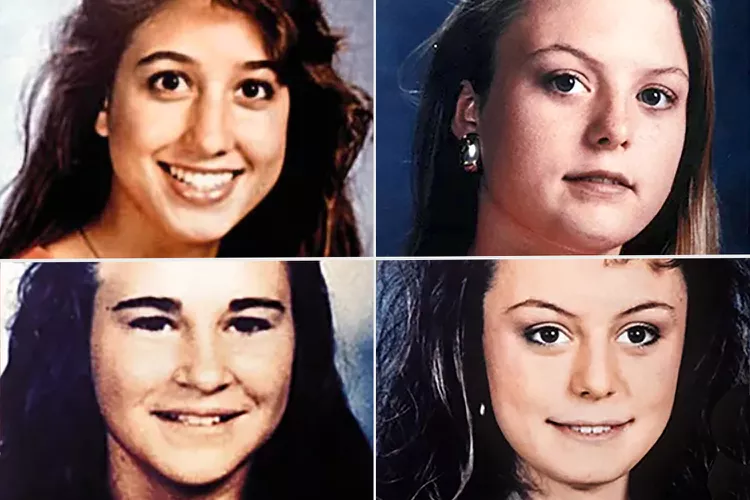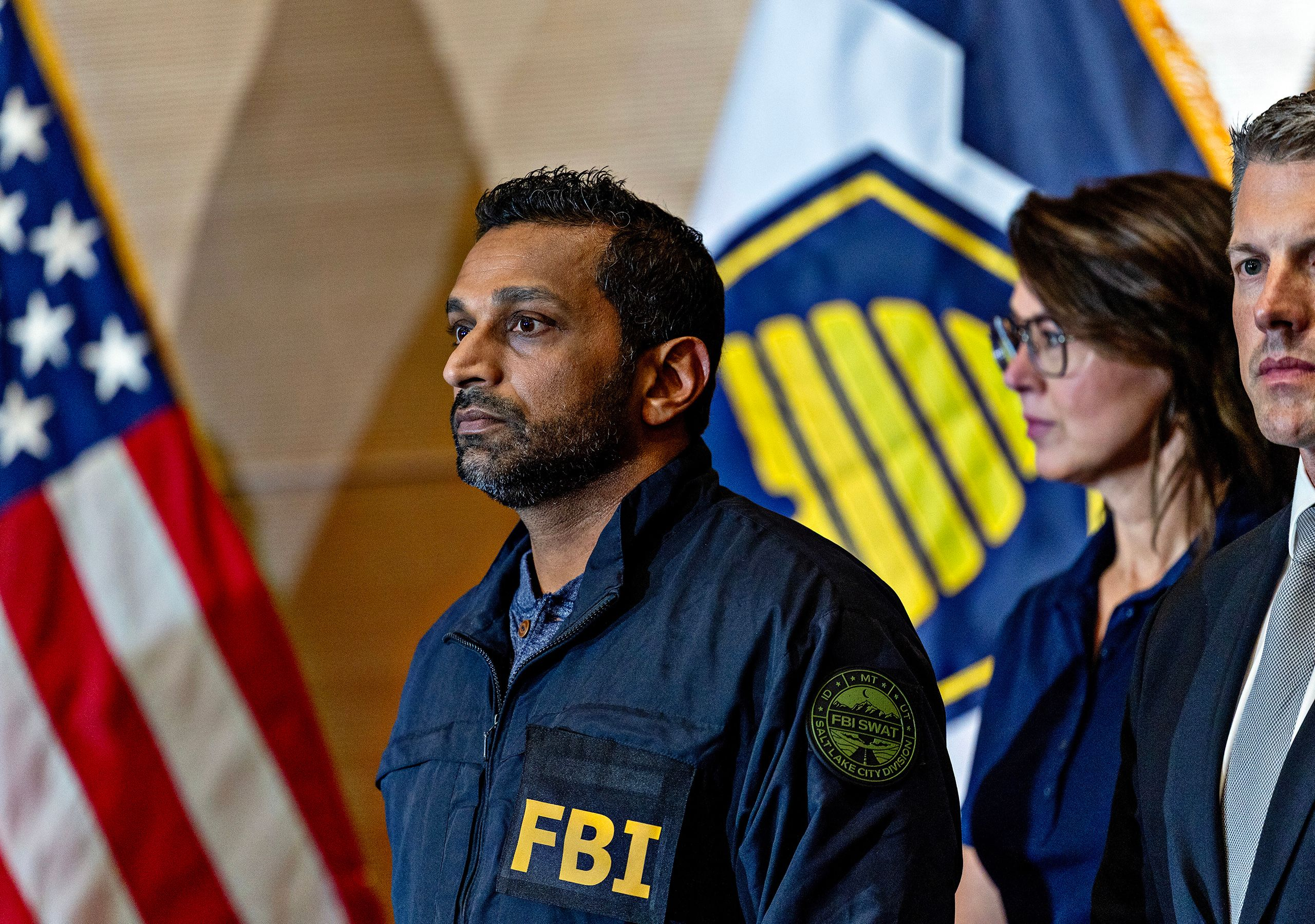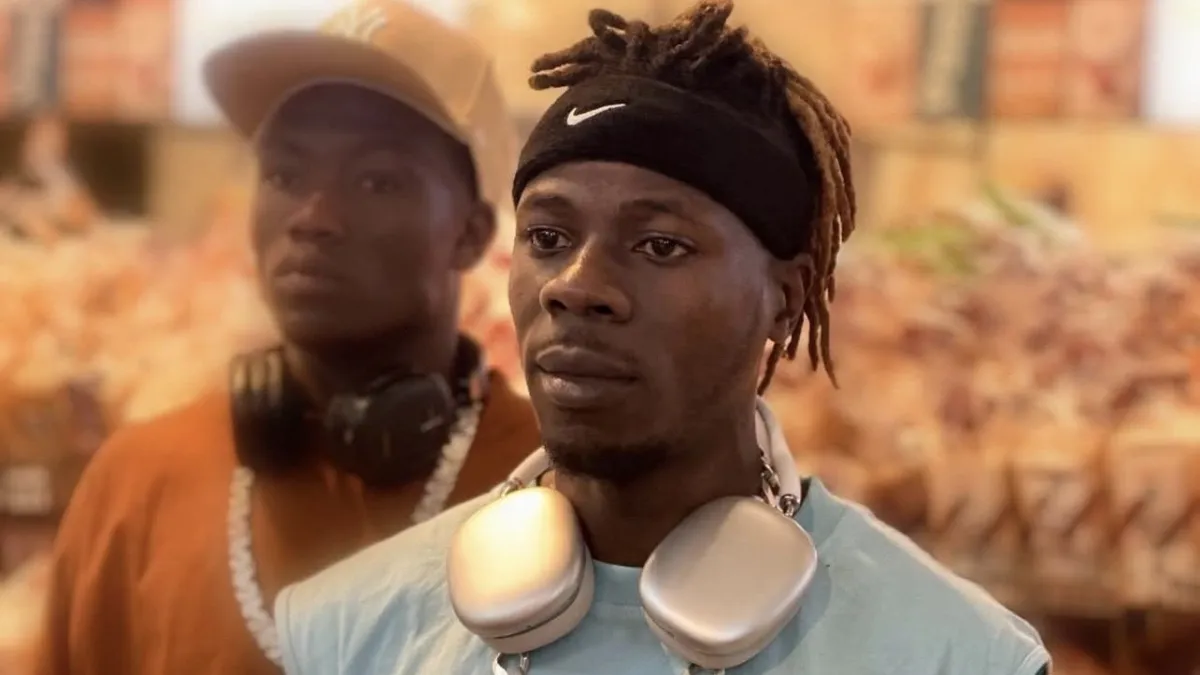After more than three decades of heartbreak, police in Austin, Texas have finally identified the man responsible for one of the city’s most infamous crimes: the 1991 yogurt shop murders that left four teenage girls dead.
The suspect? Robert Eugene Brashers — a violent drifter tied to multiple murders and assaults across the country. But he’ll never face trial. Brashers died by suicide in 1999 during a police standoff, escaping earthly justice forever.
The Night of the Yogurt Shop Murders
On December 6, 1991, tragedy struck at an “I Can’t Believe It’s Yogurt!” store in Austin. The bodies of four teenage girls — Eliza Thomas (17), Jennifer Harbison (17), Sarah Harbison (15), and Amy Ayers (13) — were found inside.
Each girl had been shot execution-style in the head. One had been sexually assaulted. After the killings, the store was set on fire in an apparent attempt to cover up the crimes.
The brutality of the murders sent shockwaves across the nation, haunting Austin for decades.
A Long Trail of Wrongful Convictions
In the years following the massacre, police suspected four local men. Two were even tried and convicted, spending years behind bars before their convictions were overturned.
Ultimately, DNA evidence cleared all four, proving they had nothing to do with the crime. Their wrongful prosecutions remain one of the darkest chapters in Texas criminal justice history.
How DNA Solved the Case
The turning point came decades later thanks to advances in forensic DNA testing.
Detectives recovered a partial male DNA profile from one of the victims in 1991. For years, it remained unmatched. But modern techniques allowed investigators to compare it against DNA from Brashers, preserved after his death.
The result: a definitive match.
Police also linked the gun Brashers used to kill himself in Missouri to a bullet casing recovered from the Austin crime scene — leaving no doubt about his guilt.
Who Was Robert Eugene Brashers?
Brashers was no stranger to law enforcement. A career criminal and predator, he drifted across states, leaving a trail of violence behind him.
- He was connected to multiple murders and sexual assaults in the 1980s and 1990s.
- He lived under aliases, evading police while committing brutal crimes.
- In 1999, cornered during a standoff with police in Kennett, Missouri, he turned the gun on himself.
His death brought an end to his killing spree — but for decades, it left the yogurt shop murders unsolved.
Justice, But No Closure
For the families of Eliza, Jennifer, Sarah, and Amy, the identification of Brashers is a bittersweet victory.
On one hand, they finally know who was responsible. On the other, the killer will never stand trial and never face the punishment his crimes deserve.
Austin police acknowledged the tragedy in a Friday press conference, saying the case represents both the power of persistence and the frustration of justice denied.
The Case That Haunts Austin
The yogurt shop murders remain one of Austin’s darkest crimes, not only for their brutality but also for the decades of uncertainty that followed. The wrongful convictions, the long hunt for the real killer, and the lack of courtroom justice have kept the case etched in public memory.
Still, investigators who never gave up hope see the DNA breakthrough as a triumph of science and determination.
“It took 34 years,” one official said, “but now we finally know the truth.”
Final Thoughts
While Robert Eugene Brashers can never be held accountable in court, his identification brings long-awaited answers to the families of the four teenage victims. The case highlights the power of DNA technology in solving even the coldest cases — and the enduring pain violent crimes leave behind.
Do you think justice was served in this case, even without a trial? Share your thoughts below.





